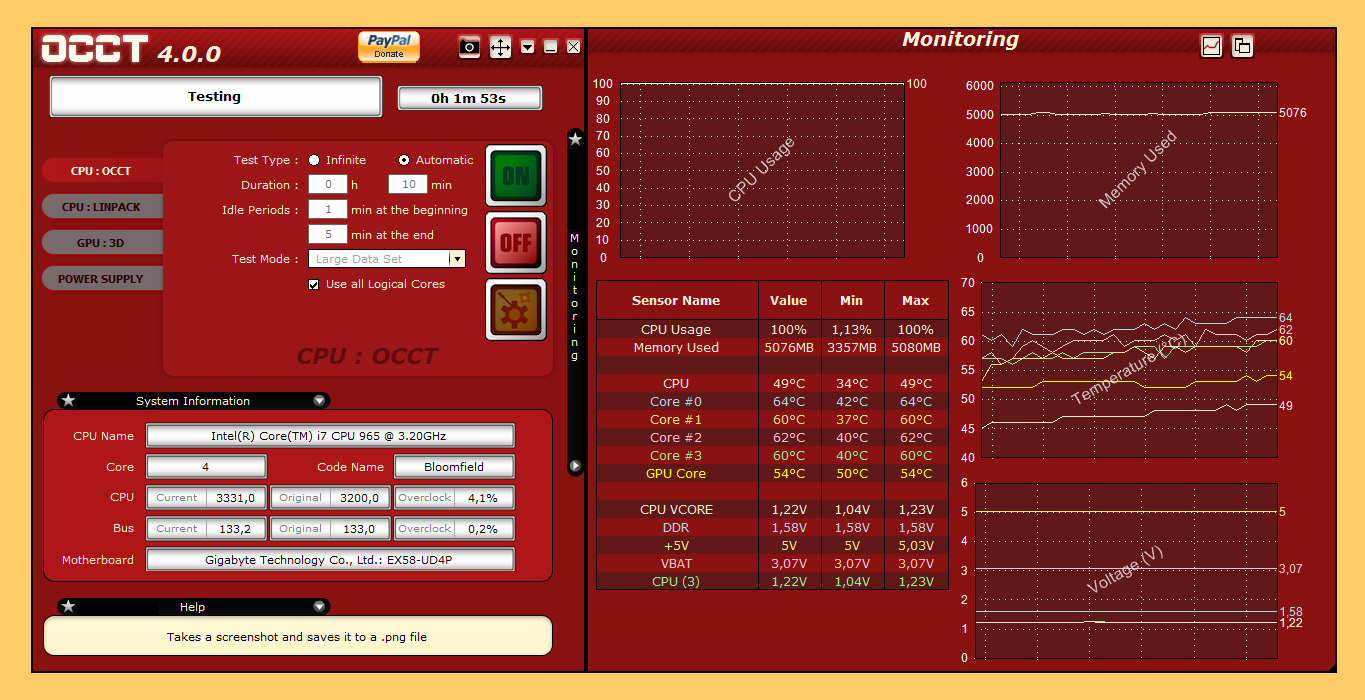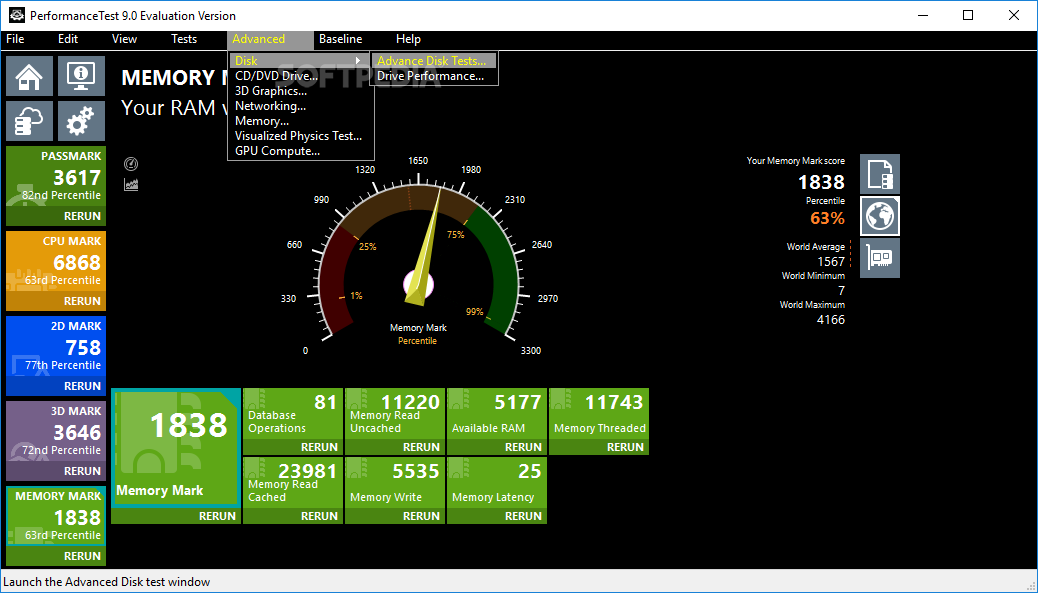
In addition, there was a (non-significant) trend toward longer metabolic equivalent of task (METs) when compared with the non-music group. Although the maximum duration for a stress test is 20 minutes, Shami said most healthy people usually last for seven to eight minutes.Įxercise time was significantly longer in the music group compared with the control group, 505.8 versus 455.2 seconds, respectively - an absolute difference of about 50.6 seconds. "After six minutes, you feel like you are running up a mountain, so even being able to go 50 seconds longer means a lot," he said. This protocol includes three-minute periods to allow achievement of a steady state before workload is increased.

Stage 3 is 3.4 mph at a 14 percent grade (9 METs). Stage 2 is 2.5 mph at a 12 percent grade (7 METs). In the standard Bruce protocol, the starting point (i.e., stage 1) is 1.7 mph at a 10 percent grade (5 METs). Shami explained that stress tests can be challenging - even painful - for some people because the treadmill speed and incline is increased every three minutes. Researchers collected and analyzed demographic data (e.g., age, gender, medical history, social history), vital signs (e.g., blood pressure, heart rate) and treadmill end points (e.g., exercise time, maximum heart rate achieved, symptoms, etc.). There were more females than males in both groups (61.2 and 66.7 percent in the music and control groups, respectively).Īside from introducing headphones to the test environment, the stress test was conducted as usual in the clinic. The majority of participants were Hispanic, reflecting their patient population. Individuals had similar medical histories, including diabetes and hypertension. To "blind" the staff and clinicians, all participants wore headphones during their test. A total of 127 patients (53 years of age on average) were randomly assigned to either listen to up-tempo music (mostly Latin-inspired music) or have no music playing during their stress tests. In this single-center, randomized study, patients scheduled for a routine electrocardiogram (ECG) treadmill stress test were informed about the study and asked if they would participate.

They are often done on a treadmill or stationary bike, while a person has electrodes placed on their chest to record the heart's activity. I suspect if it had been a larger study, we'd see a bigger difference."Ĭardiac stress tests help doctors evaluate someone's fitness level or readiness to start an exercise program, measure heart rate and blood pressure responses to exercise, assess symptoms of chest pain or heart rhythm changes during exercise, and help diagnose blockages in the heart's arteries. "I think it's something we intuitively knew, but we found. "At least on a small scale, this study provides some evidence that music may help serve as an extra tool to help motivate someone to exercise more, which is critical to heart health," said Waseem Shami, MD, a cardiology fellow at Texas Tech University Health Sciences in El Paso, Texas, and the study's lead author. On average, people who listened to music during the test were able to exercise for almost one minute longer than those who didn't have tunes playing in their ears. While earlier studies have looked at how music might influence specific markers of heart health, this study is the first to evaluate its impact on exercise tolerance during cardiac stress testing - widely used to measure the effects of exercise on the heart. Music can have a powerful impact on our mood, signaling the brain to release feel-good and energy-boosting chemicals.


 0 kommentar(er)
0 kommentar(er)
